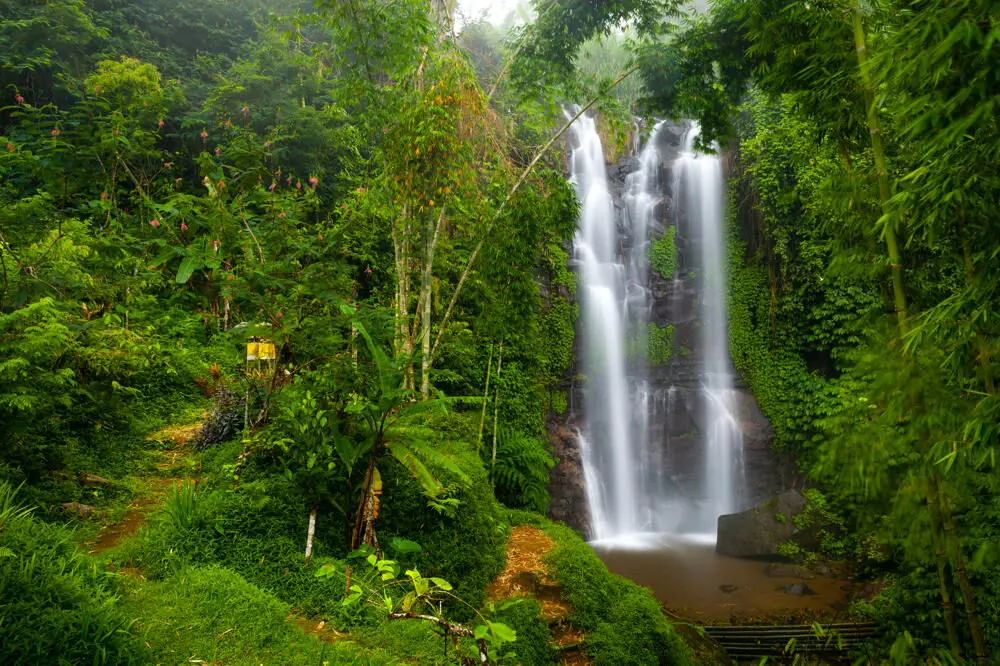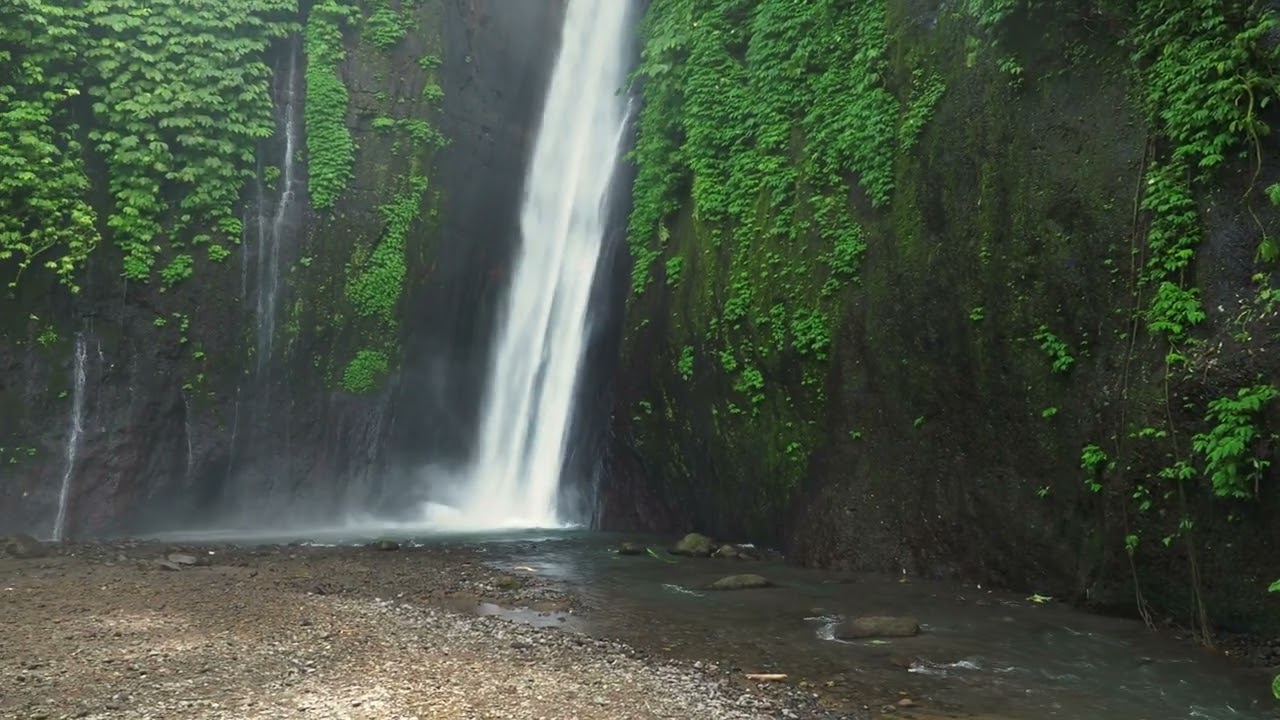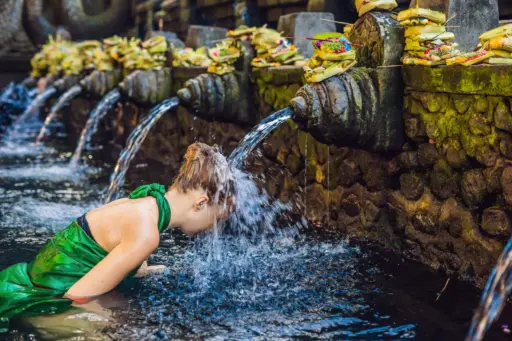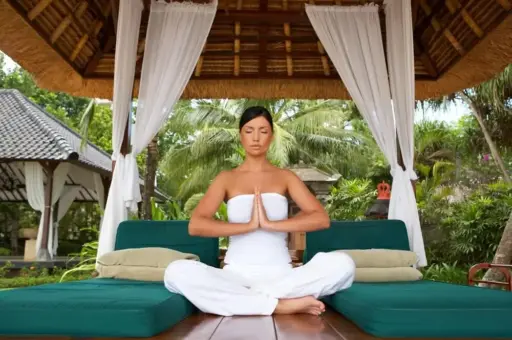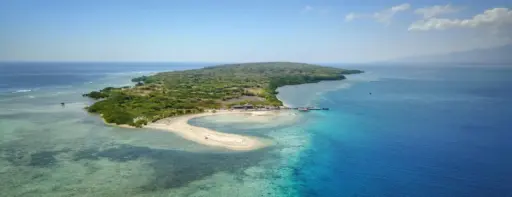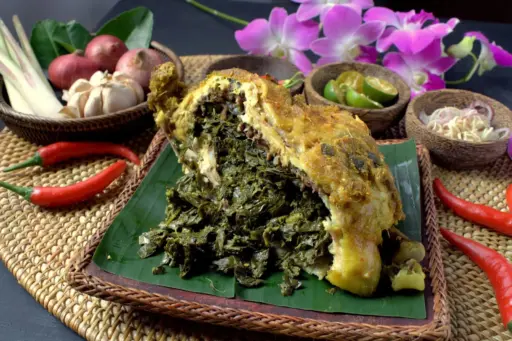A DIFFERENT KIND OF BALI
In the far north of Bali, the air feels cooler, the pace unhurried, and the scent of clove and coffee hangs in the breeze. The highland village of Munduk and its surrounding hills offer a version of Bali that is greener, quieter, and far less visited than the island’s south.
Instead of beaches, this is a land of forested ridges, misty lakes, tumbling waterfalls, and tiny villages where farmers still dry cloves on tarps by the roadside. It is the kind of place you come for crisp mornings, long walks through nature, and evenings spent watching clouds drift through the valleys.
SETTING THE SCENE
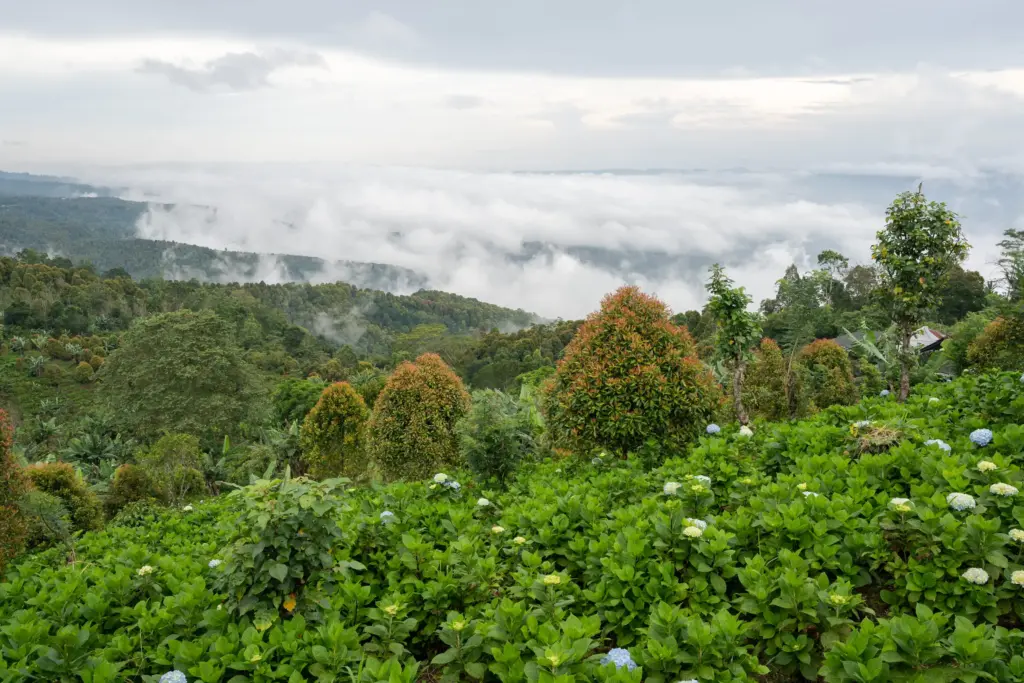
Munduk lies in the Buleleng Regency, perched about 800 to 900 metres above sea level. The drive up is part of the experience – winding mountain roads that reveal glimpses of jungle-clad slopes and volcanic lakes.
This region has a long history of coffee and spice cultivation, first introduced during Dutch colonial times. Today, many plantations are still family-run, and the surrounding landscapes have changed little in decades.
WHY MUNDUK APPEALS TO TRAVELLERS
Bali’s highlands are an antidote to the heat and bustle elsewhere. Travellers come for:
· Cool weather: Daytime temperatures average 20–25°C.
· Scenery: Panoramic views across valleys, lakes, and Mount Batukaru.
· Waterfalls: Easily accessible and some of the most beautiful in Bali.
· Culture: A glimpse of rural Balinese life away from tourist crowds.
HIGHLIGHTS OF THE REGION
The Waterfalls Circuit
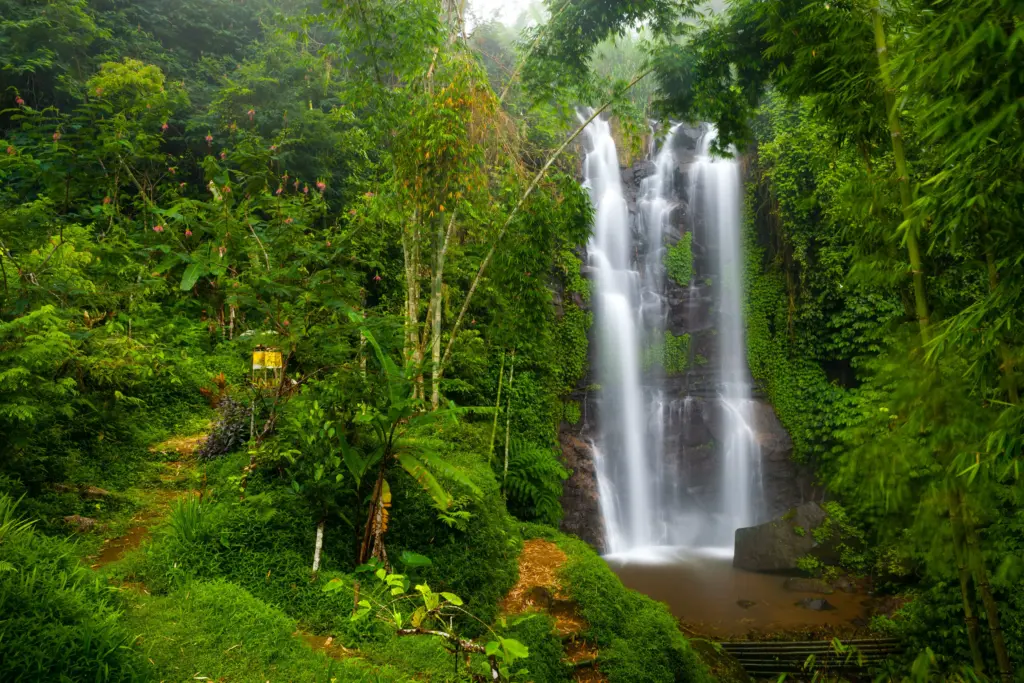
Munduk is famous for its cluster of waterfalls, many of which can be visited in a single day. A popular route links several falls via jungle paths and village trails.
· Munduk Waterfall: Cascades into a rocky pool surrounded by ferns.
· Melanting Waterfall: Taller and more powerful, a short trek downhill.
· Golden Valley Waterfall: Tucked away near an organic café where you can enjoy coffee with the sound of rushing water.
· Banyumala Twin Falls: A little further out but worth the detour for its picture-perfect twin streams.
Lakes and Viewpoints
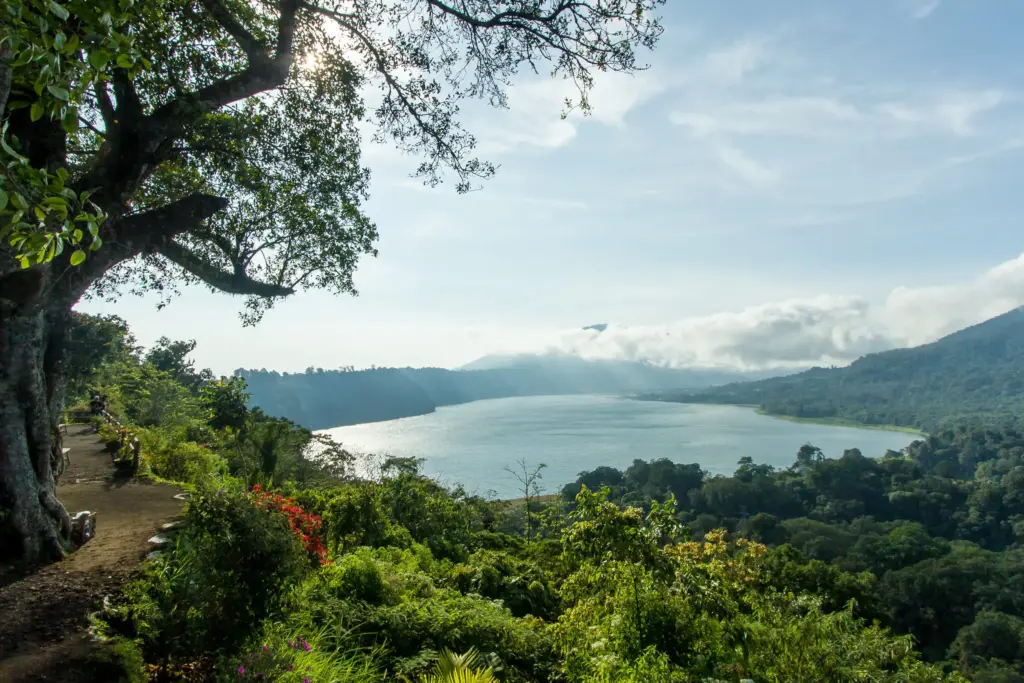
Just 20 or 30 minutes from Munduk are the Twin Lakes – Buyan and Tamblingan. From the ridge road, you can see both lakes with rainforest spilling down to the shores.
Tamblingan is especially peaceful, with small wooden canoes for hire and no motorboats allowed. A trek here often includes visits to hidden jungle temples.
Coffee and Clove Plantations
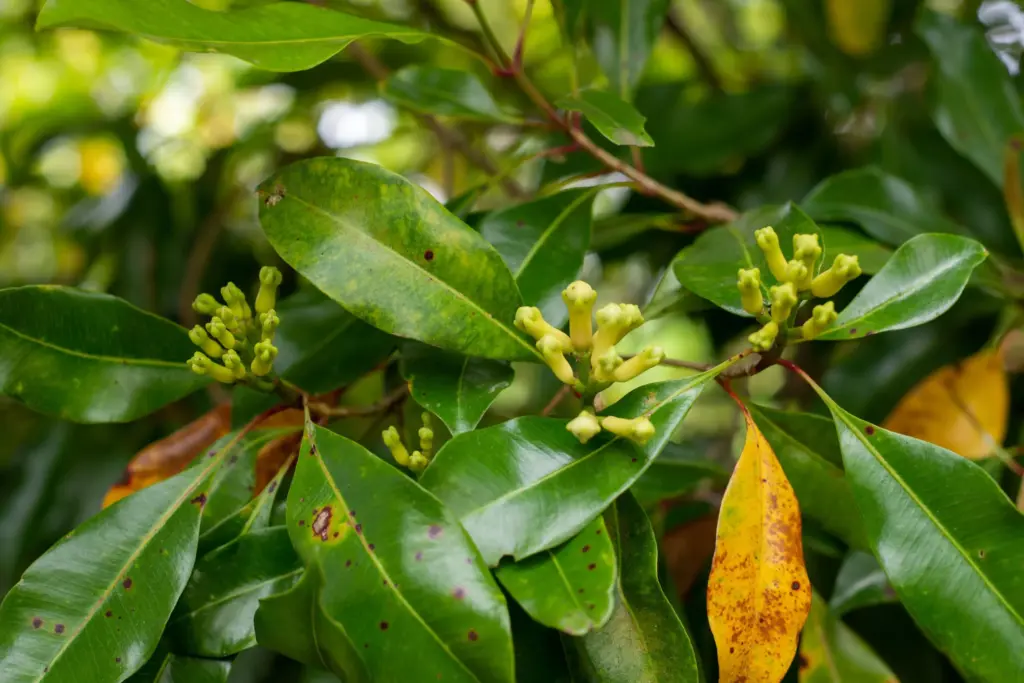
This is prime coffee-growing country. Many homestays and cafés roast their own beans, and tours can take you through the process from tree to cup. Clove harvest season (August to September) fills the air with a sweet-spicy aroma as farmers dry the buds in the sun.
Village Life and Culture
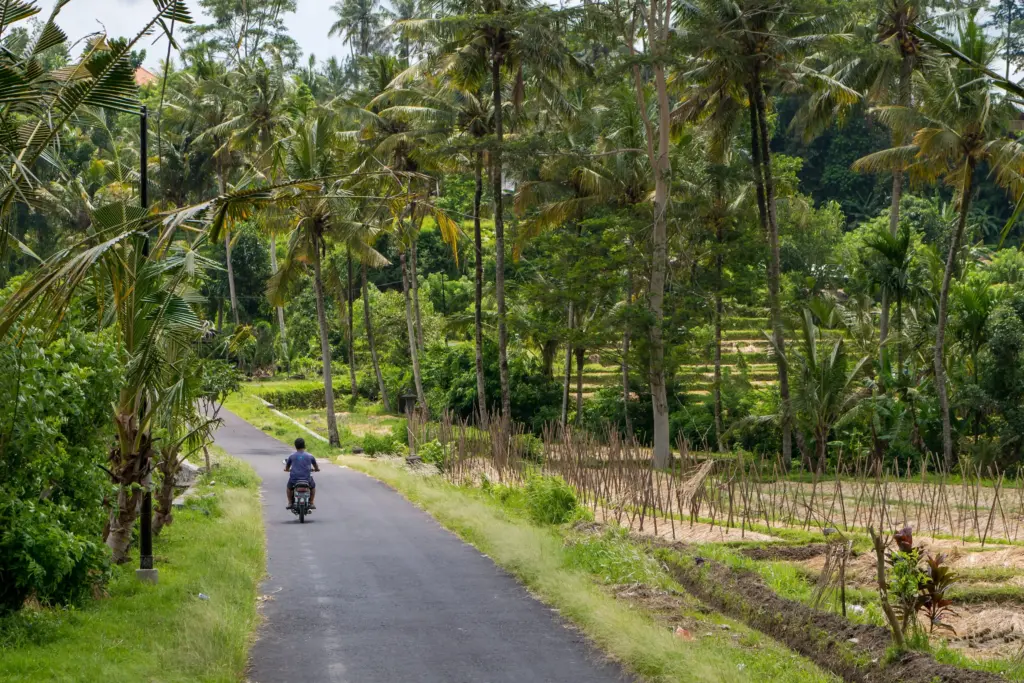
Munduk retains the feel of a working highland village. Traditional houses with red-tiled roofs line the narrow streets, and ceremonies spill into the road from local temples. If you stay a few days, you will quickly become a familiar face in the morning market.
OUTDOOR ACTIVITIES BEYOND SIGHTSEEING
· Hiking: Trails range from gentle village walks to half-day treks that cross ridges and pass through jungle.
· Cycling: Mountain biking is popular on quiet backroads.
· Photography: Misty mornings, terraced hillsides, and dramatic skies make for striking shots.
WHERE TO STAY
Munduk offers an appealing mix of rustic charm and modern comfort.
· Luxury: Munduk Moding Plantation – Infinity pool with panoramic views, coffee estate tours, and horseback riding.
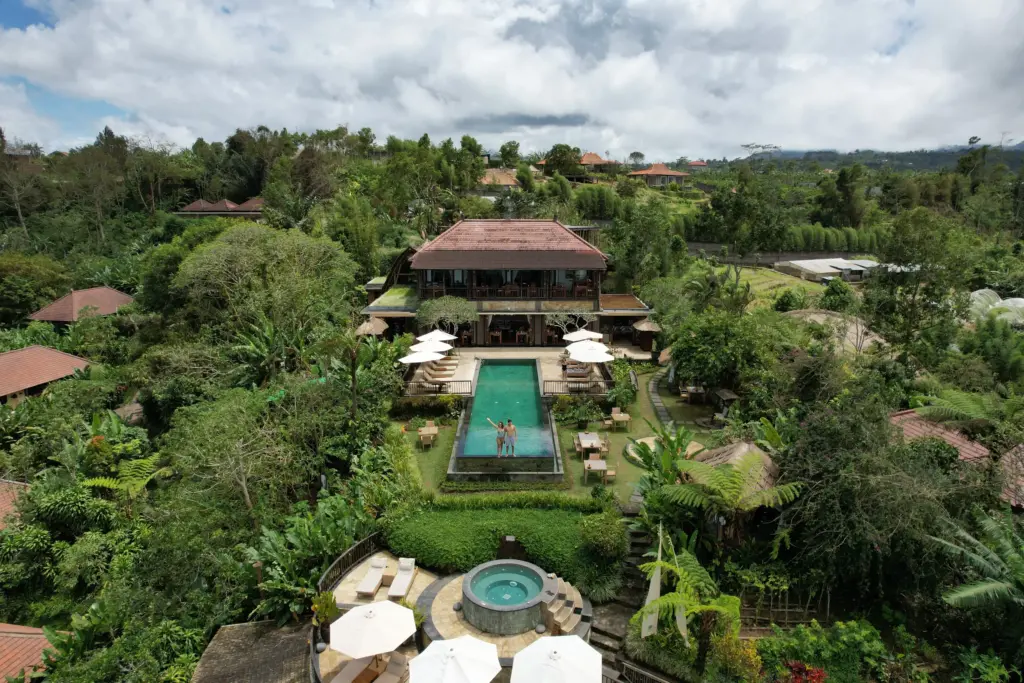
· Mid-Range: Puri Lumbung Cottages – Converted rice barns with wooden balconies overlooking the valley.
· Budget: Lesong Hotel – Simple rooms with friendly local hosts and walking trails starting at the doorstep.
EATING AND DRINKING
Dining here often comes with a view, and menus feature both Balinese favourites and dishes using locally grown produce.
· Warung Classic: Family-run, known for its mie goreng and sunset views.
· The Munduk Farmhouse Café: Farm-to-table dishes, fresh juices, and great coffee.
· Eco Café 2: Laid-back spot near the Golden Valley waterfall.
PRACTICAL INFORMATION
Getting There
From Ubud, expect about 2.5–3 hours by car. The route via Bedugul passes Ulun Danu Beratan Temple and the botanical gardens, making it a scenic journey.
Getting Around
Most visitors explore on foot or hire a scooter for nearby attractions. Local guides are valuable for longer treks or accessing less obvious waterfall paths.
Best Time to Visit
Dry season (April to October): Clear skies and easier hiking.
Wet season (November to March): Lusher landscapes, but trails can be muddy.
What to Pack
Light jacket or sweater, walking shoes, rain poncho in wet months, insect repellent.
SAMPLE TWO-DAY ITINERARY
Day 1
Morning drive from Ubud or Lovina.
Check into your accommodation.
Afternoon visit to Munduk and Melanting waterfalls.
Sunset coffee at a plantation café.
Day 2
Early morning hike to Twin Lakes viewpoint.
Canoe ride on Lake Tamblingan.
Visit Banyumala Twin Falls before heading to your next destination.
Why Munduk Works Well in a Bali Itinerary
Munduk is a great pairing with:
· Lovina: Combine highlands with North Bali’s dolphin-watching coast.
· Bedugul: Visit the famous lake temple before climbing higher into the hills.
· Pemuteran and Menjangan: Cool down inland before heading to the sea for snorkelling.
Munduk and the North Bali Highlands reward travellers who slow down. Here, the beauty is in the details: the swirl of mist over a ridge at dawn, the taste of freshly roasted coffee, the laughter of schoolchildren on a narrow path. It is a reminder that Bali is more than beaches – it is also mountains, forests, and communities living close to the land. Wander Beyond Ordinary!
